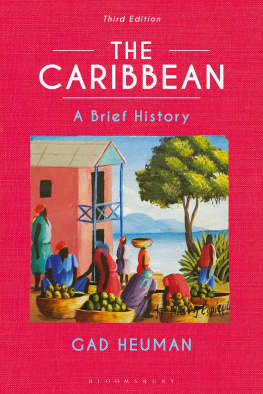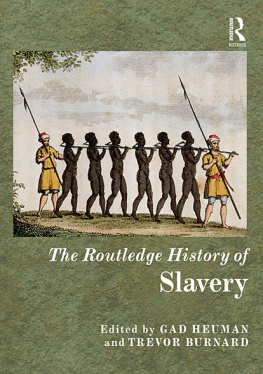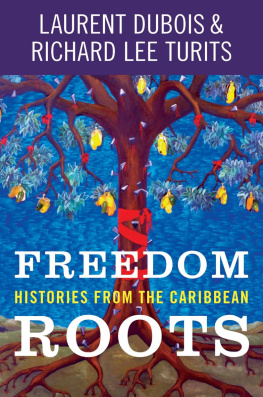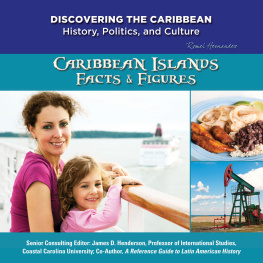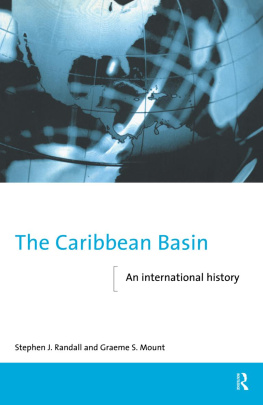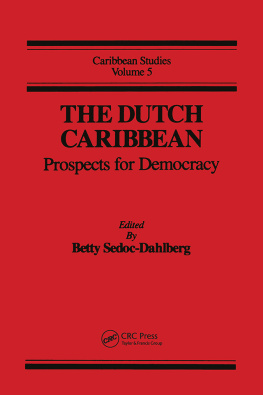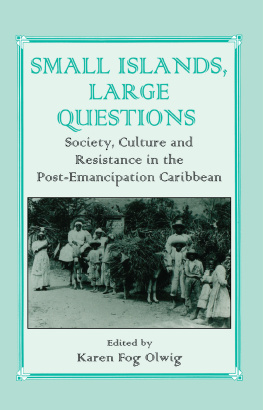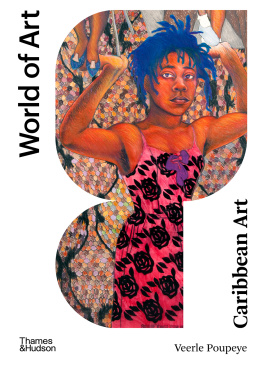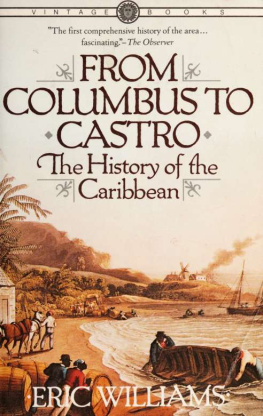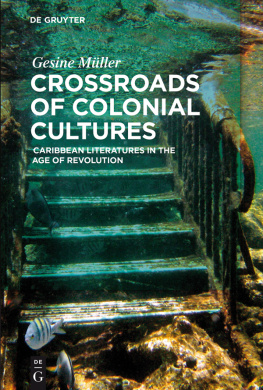The Caribbean
Another to Ruth
The Caribbean
A Brief History
THIRD EDITION
GAD HEUMAN

Contents
I have been very fortunate in working on an area which has attracted such a distinguished group of scholars, many of whom I now count as friends. This has been helped by my involvement in two professional bodies, the Association of Caribbean Historians (ACH) and the Society for Caribbean Studies. I am not the first to note that being part of the ACH is like being a member of a large family; its meetings each year in a different area of the Caribbean are invariably interesting, pan-Caribbean and also quite intimate. In England, the Society for Caribbean Studies serves a similar role and, although it cannot match the ACH for exotic conference sites, it none the less has also brought together scholars from all over the world working on the region. I have profited immensely from being a part of both organizations.
The University of Warwick has provided a very different kind of home. Its History Department has under its umbrella the School of Comparative American Studies and the Centre for Caribbean Studies. These different entities have provided intellectual and social sustenance, and I am very grateful to my colleagues and my students for their support.
Several friends have read a draft of this book and made very valuable suggestions. They are Jerome Handler, Michael Krasner and James Walvin. My family have also been incredibly supportive about this project. My two children, Daniel and Adam, have considerable experience of the Caribbean; they lived there as very young children and have returned frequently with me. Daniel has worked independently in the region, done anthropological fieldwork there and has also read and commented on the manuscript. Daniel and Adam have both pushed me to complete this book. However, my greatest debt is to Ruth Heuman; she has not only commented on the book as it went along but also patiently dealt with my preoccupation with it. This book is dedicated to her, with thanks and love.
Map of the Caribbean. |
Taino religious object, 12001492 AD. National Museum of the American Indian, Smithsonian Institution (5/3753). Photo by David Heald |
Sugar factory in Trinidad, 1836. The British Library Board (789.g.13; plate 10) |
Destinations of the Atlantic slave trade 14511600. 1969 by the Board of the University of Wisconsin System. Reprinted by permission of the University of Wisconsin Press |
Destinations of the Atlantic slave trade 16011700. 1969 by the Board of the University of Wisconsin System. Reprinted by permission of the University of Wisconsin Press |
Destinations of the Atlantic slave trade 17011810. 1969 by the Board of the University of Wisconsin System. Reprinted by permission of the University of Wisconsin Press |
Destinations of the Atlantic slave trade 18111870. 1969 by the Board of the University of Wisconsin System. Reprinted by permission of the University of Wisconsin Press |
Sugar cane cultivation in Antigua, 1823. Courtesy of the John Carter Brown Library at Brown University, USA |
Rachel Pringle-Polgreen of Barbados, by Thomas Rowlandson, 1796. Public domain |
A planter and his wife on a journey, 1810. Public domain |
An armed Maroon in Suriname. Courtesy of the Special Collections Library at the University of Virginia, Charlottesville, Virginia |
Toussaint Louverture. Photo 12 / Alamy Stock Photo |
Emancipation Statue by Karl Broodhagen Barbados. AA World Travel Library / Alamy Stock Photo |
Celebrating Emancipation. National Maritime Museum, Greenwich, London |
Agostino Brunias Free Women of Color with Their Children and Servants in a Landscape, ca. 177096. Brooklyn Museum, Gift of Mrs Carll H. de Silver in. memory of her husband, by exchange and gift of George S. Hellman, by exchange. Photo: Brooklyn Museum |
An Interior View of a Jamaican House of Correction. National Maritime Museum, Greenwich, London. |
|

